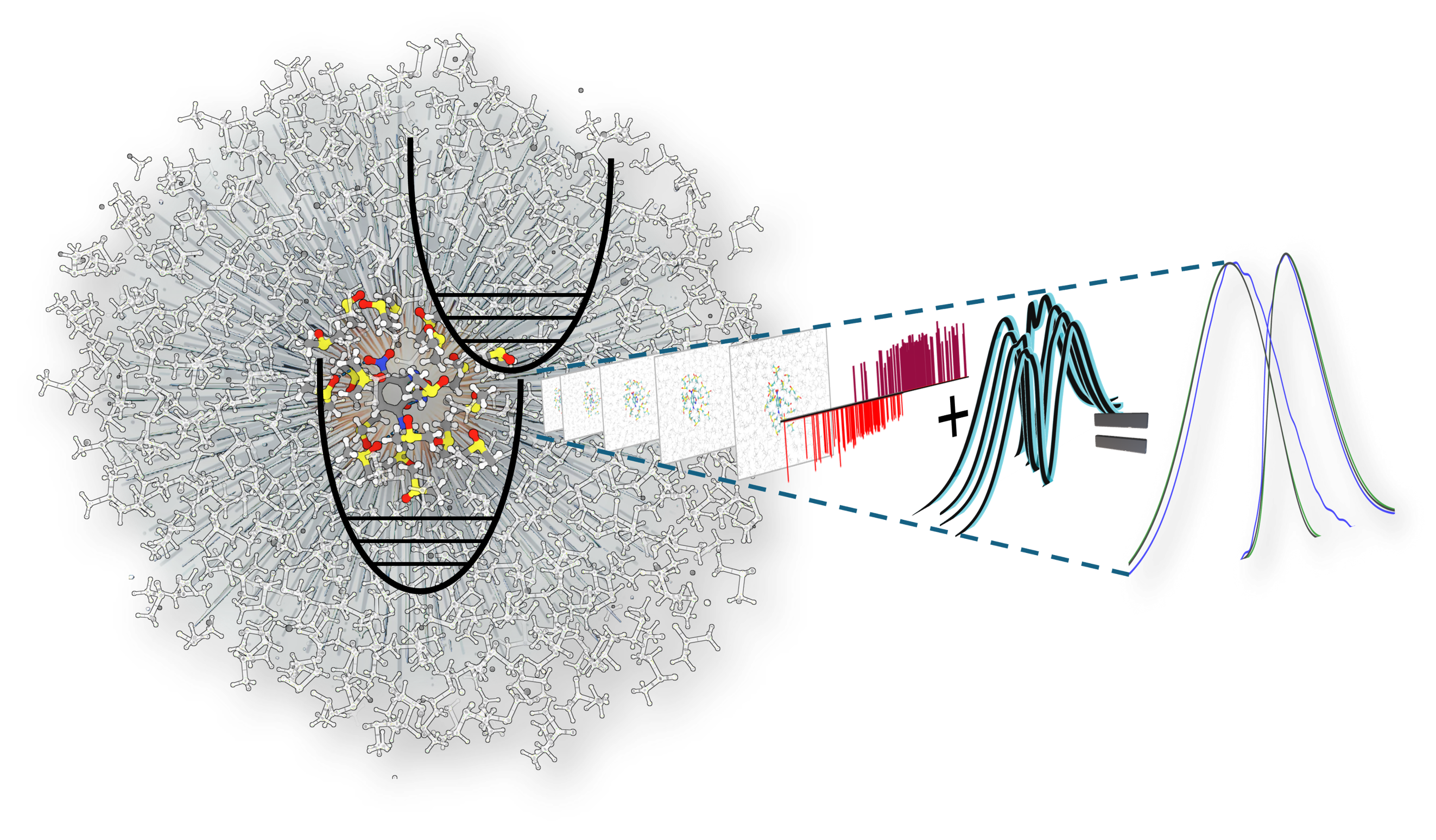
This manuscript compares simulated absorption and fluorescence spectra employing the nuclear ensemble approach that captures chromophore-solvent interactions, the implicit solvent Franck-Condon approach that captures vibronic effects, and combined ensemble-Franck-Condon (E-FC) methods that model both of these effects at various levels of computational cost. We compare three E-FC methods introduced previously and, for the first time, extend these approaches to the simulation of fluorescence spectra. This is the first study in which these methods have been directly compared to each other and the first in which they have been used to model fluorescence. We employ both ground and excited state ab initio molecular dynamics to sample chromophore-solvent configurations, showcasing the performance of these spectroscopy methods with three well-known fluorophores: 7-nitrobenz-2-oxa-1,3-diazol-4-yl (NBD), Nile Red (NR), and 7-methoxy coumarin-4-acetic acid (7MC).
